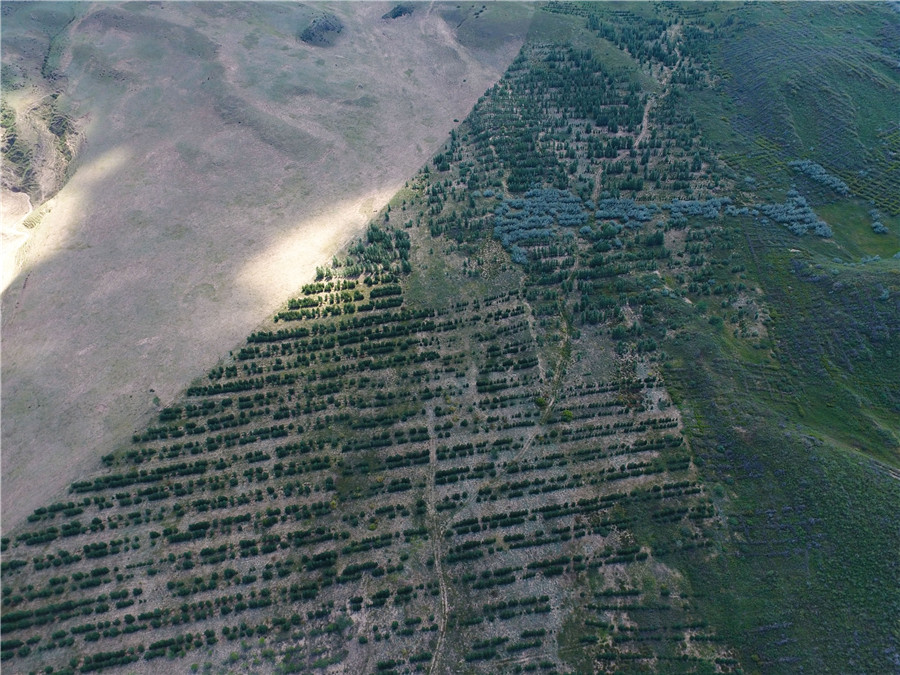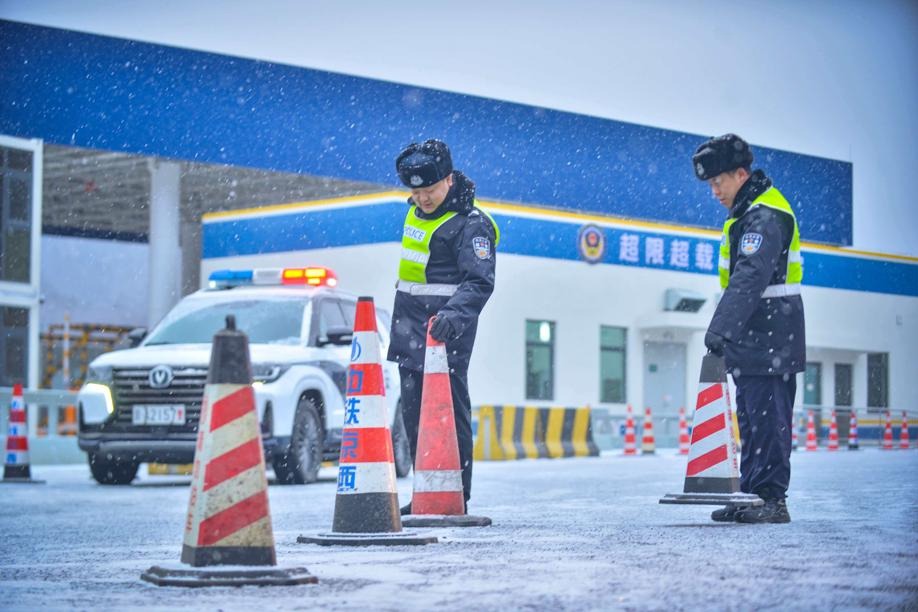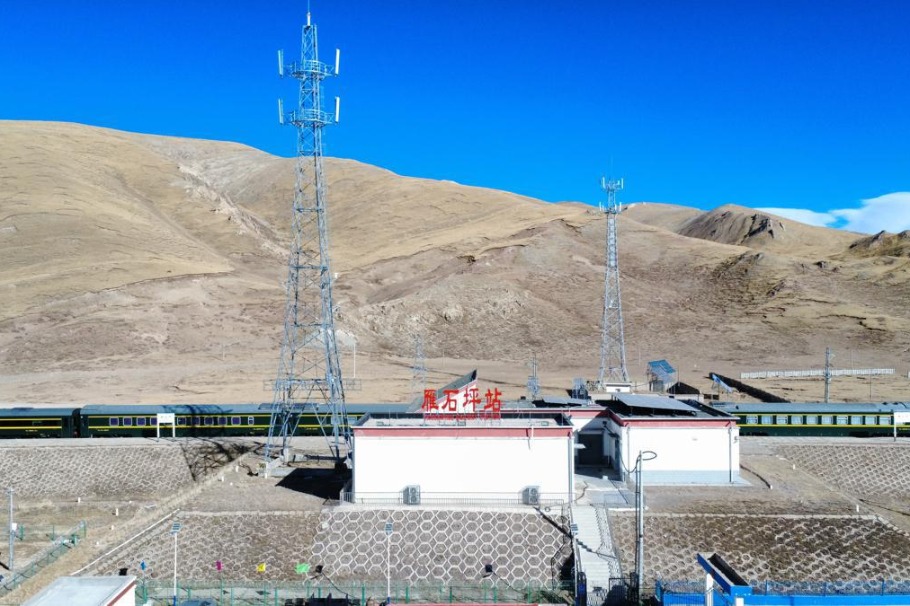A crystal clear vision for a crystal clear future


Wildlife protection
Several species on the verge of extinction have witnessed an astonishing comeback in recent decades thanks to strong protection methods.
The giant panda, Yunnan's snub-nosed monkey and the crested ibis are among the success stories.
The giant panda, for example, had a population of 1,114 in the 1970s. It now totals 1,864, thanks to 52 protection areas established in recent decades.
Since 2003, scientists have initiated programs that help pandas bred in captivity return to the wild.
By the end of last year, seven of nine pandas released had survived in the wild.
The crested ibis - also known as the Oriental Gem - was once widespread in eastern China, Japan, Russia and South Korea, but later thought to be extinct.
In 1981, seven crested ibises were found in Yangxian county, Shaanxi province, despite academics' fears the species had been extinct in China for almost 17 years.
Since then, breeding programs have seen the population reach 2,000, with China sending crested ibises to Japan and South Korea in recent years to assist with the species' regeneration.
Air pollution control
China has enjoyed a marked improvement in its air quality in recent years as efforts to control air pollution take effect, with Beijing a major beneficiary.
The national standard for PM 2.5 - fine inhalable particles with diameters generally 2.5 micrometers or smaller - is set at 35 micrograms per cubic meter. From 2015 to 2018, the number of major Chinese cities with air quality meeting the standard increased from 73 to 114.
The government rolled out a series of measures to control air pollution, especially in three major regions, the Beijing-Tianjin-Hebei province cluster, the Yangtze River Delta and Fenhe-Weihe River Plain.
In 2017, for example, the country's top environmental watchdog mobilized 5,600 law enforcement officers to carry out a yearlong inspection in the Beijing-Tianjin-Hebei province cluster.
Last year, the inspection was extended to the two other regions and the number of enforcement officers bumped up to 18,000.
- Geminid meteor shower seen across China
- Sustainable agriculture in focus at Hainan forum
- Road accident in East China kills 4
- Health Bureau: Free Chinese medicine services for Tai Po fire victims
- Satellite launch marks a new milestone in UAE-China cooperation
- HK fire: 4,510 residents in shelters as support fund reaches HK$3.6b




































